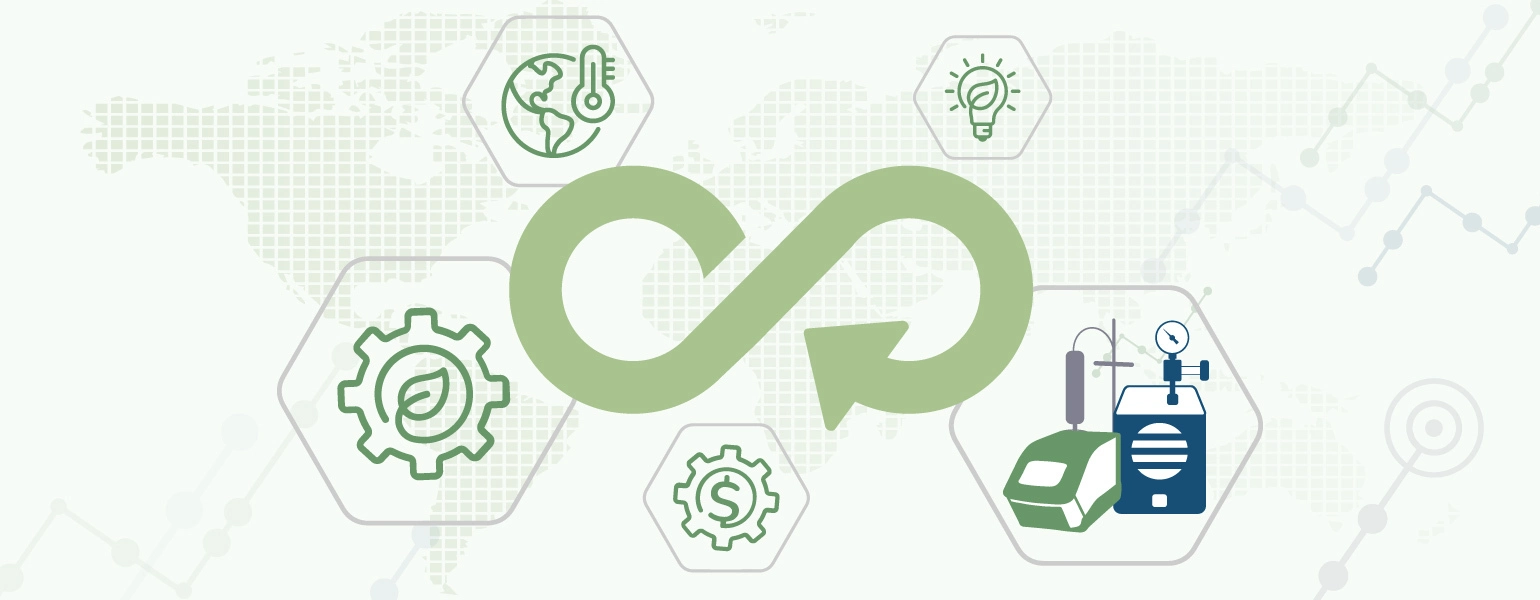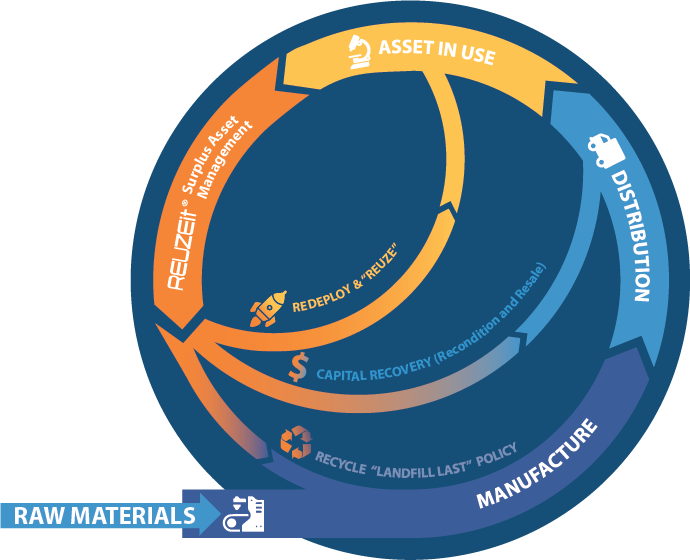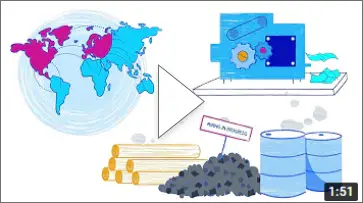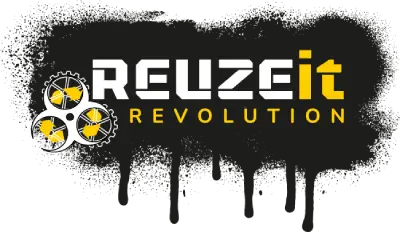Published in: IEEE Engineering Management Review (Volume: 50, Issue: 2, June 2022)
Executive Summary
The integration of Surplus Asset Management (SAM) with the Circular Economy (CE) provides a solution to optimize the use of resources, assets, and equipment, throughout their life cycle enabling new business models, increasing profitability, achieving sustainability goals, plus reducing obsolescence and waste.
CE is a model of production and consumption, which involves sharing, leasing, reusing, repairing, reconditioning, refurbishing, and recycling existing products, components, and materials. Circular Surplus Asset Management (C – SAM) is a business approach to create value by extending the life cycles of discarded useful equipment. We distinguish four types of value: sourcing value, customer value, information value (learning from returns), and environmental value. Sourcing value is provided by making supply chains less dependent on (costly) virgin materials and energy. Customer value can be improved by energy-efficient products and extending life cycles. Carbon footprints can be reduced by up to 80% by redeploying the equipment depending on its residual value and the customer needs. All four underlying values create economic value. For the global life sciences market, savings on carbon fees as well as direct benefits to the customer can be as much as USD 2 billion annually. This shows that C-SAM can be a business game-changer if it is integrated as part of the business strategy. The implementation challenges can be best tackled through the collaboration of different actors along the value chain, depending on their capabilities and capacity. In many cases, specialized 3PSPs add the most value because they are better equipped for C-SAM than others and can serve the needs of a given organization, its customers, and external stakeholders.
Many circular value chains go through three phases: phase 1 involves controlling the (four) negative externalities which are basically the same as the four values but with negative figures; phase 2 brand owners and/or 3PSP start working together on initiatives closer to the customer or final user; and phase 3 where new business models are created focusing on servitization, which refers mainly to industries using their products to sell “outcome as a service” rather than a one-off sale.
REUZEit offers services to life science and pharmaceutical companies to optimize the use of their resources, assets, and equipment, to reduce obsolescence, waste, and increase profit at the same time. It is building the world’s largest circular economic platform to extend the useful life of capital assets and enable organizations to reach their sustainability goals, profitably. The company captures value by re-marketing products via distributors and its own platform. REUZEit provides a financially sustainable program, operating with positive cash returns, substantial cost avoidances, and plays a critical role in achieving carbon footprint reductions.
About REUZEit
REUZEit is rethinking how corporations and laboratories approach and manage the tools that make their work possible. Our team specializes in managing, refurbishing, and reselling surplus lab equipment for some of the world’s largest pharmaceutical and biotech companies around the world. Our efforts result in unheard-of financial and environmental results for our customers.
These results are made possible through our digital dashboard. Aside from providing transparency to decision-makers, our dashboard connects users to our comprehensive suite of on-site services that you can’t find anywhere else. Our worldwide network enables us to pick up, ship, store, and refurbish lab equipment anywhere, anytime.
To learn more, please visit REUZEit.com





